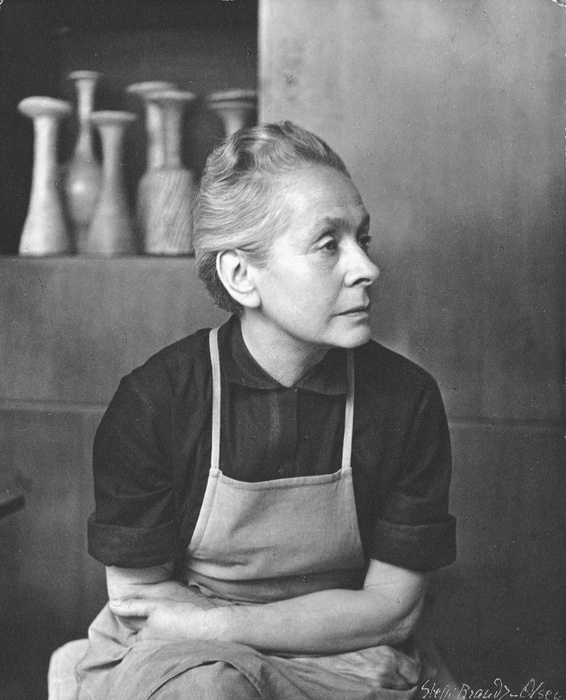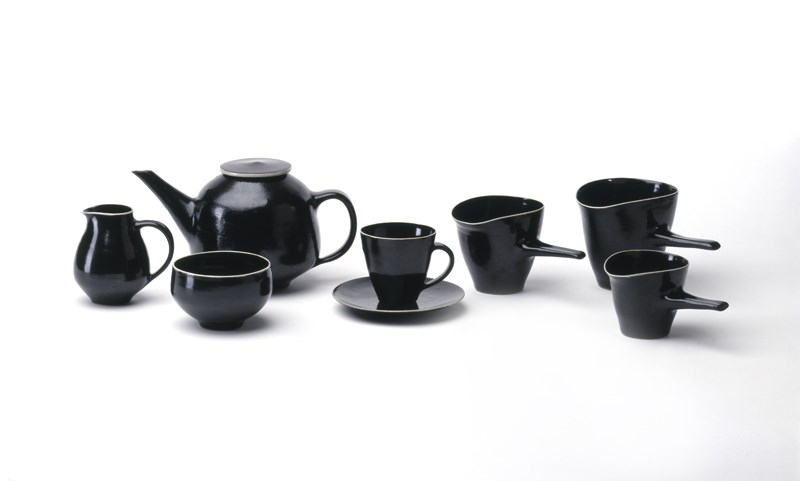The Russian artist Ekaterina Semenova work, Care for Milk, deals with the massive industrialization of milk and attempts to reclaim, or analyse the prior use and value of the popular dairy product. Semonva appears to be fascinated with milk, actually the dairies in general, she graduated from Eindhoven Design Academy in 2016 and it is possible that the Dutch admiration for dairy has reached to an extent by which it has begun to influence her work. The piece consists of various ceramic cups, plates and bowls that have been dipped in dairy products, resulting in a sort of faint dairy glaze that created various shades of silky brown. According to Semenova’s website, the effects of the dairy dipping also makes the clay more durable and waterproof, and depending on the amount of fat in the used milk, resulted in varying coloured remains on the ceramics. The dairy products used for the glazing come from dairy waste as the work also focuses on the over production of milk.
https://www.ekaterinasemenova.com/careformilk
Semenova’s work can be connected to the Faux subject from the little white booklet that accompanied the exhibition in which the dairy dipped cups were shown. Faux, meaning made in imitation, taken from the French word for false, suits Semenova’s dipping. Although the dipping of the ceramics is not a false act or trying to imitate anything other than what it actually is, as an object on its own disconnected from its context simply looks like beautiful colouring of ceramics. Thereby the faux subject is rather sweet suiting, as although it is not fake it might look fake. A reaction to the dairy dipped pottery could easily be that the cups are not dipped in dairies and instead in watercolour or some sort of ceramic glazing. Hence my choice of Semenov’s work, as it’s rather amusingly pretty and charming to know that the carefully flawless cups are simply dipped in varying fatty milks that constitute to the attractive brown shades. The idea was rather simple, to dip things into a substance as ordinary as milk, however the result was rather delightful. Although I found the display of the works along with the space itself uninviting. Semenova’s work sort of disappeared in the corner of the room behind the sweat-smudged glass. As discovered on her website, the work should be accompanied with milk and the pouring of milk, and viewing it behind glass made it seem as if it was an exhibit of ancient pottery at an anthropological museum.
Care for Milk 2016 Earthenware dipped in various dairy products, Ekaterina Semenova exh.cat.no3-faux


